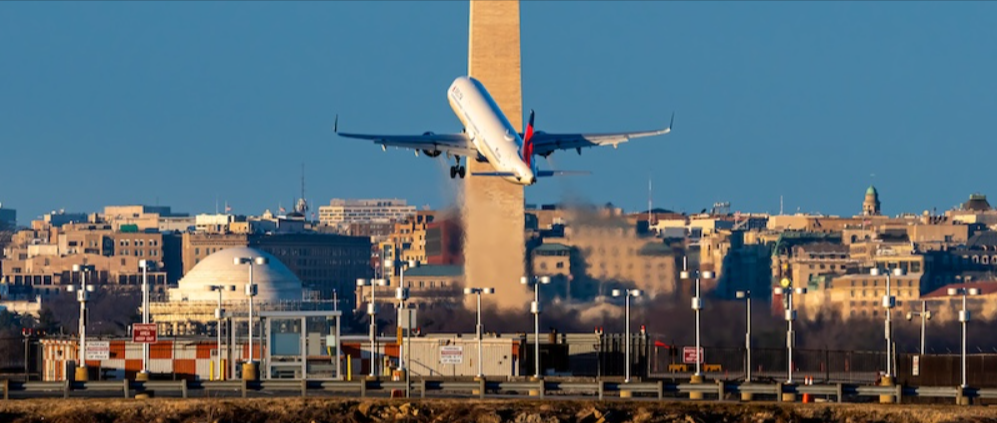Black Box From DC Flight Reveals Shocking Cause Of Crash

A significant discrepancy identified by investigators analyzing black box data from the recently crashed aircraft may provide crucial insights into the cause of the tragic accident.
Preliminary findings from the investigation into the devastating collision that claimed 67 lives near Washington, D.C., involving a U.S. Army Black Hawk helicopter and an American Airlines CRJ-700 jet, indicate a notable difference in altitude at the time of impact.
According to data from the control tower, the helicopter was flying at 200 feet, whereas the jet’s flight recorder registered an altitude of approximately 325 feet. The National Transportation Safety Board (NTSB) is actively examining this 125-foot discrepancy to understand its role in the fatal incident.
Investigators are considering several possible explanations for the conflicting altitude measurements in the recent midair collision. They are determining whether the reported altitudes were inaccurate, if the helicopter exceeded its designated 200-foot flight limit, and the potential impact of the crew’s use of night-vision goggles.
To gain further insight into the incident’s dynamics, authorities are reviewing recorded air traffic control communications with both aircraft, as well as any last-minute evasive actions taken by the pilots.
“That’s what our job is, to figure that out,” said NTSB member Todd Inman, according to DailyMail, expressing some frustration as reporters sought more details on the altitude inconsistencies.
The investigation aims to reconcile the differing altitude readings with data from the helicopter’s black box, though analysis has been delayed due to the recorder being submerged in the Potomac River.
“We currently don’t have the readout from the Black Hawk, so we cannot provide information about the altitude at which the helicopter was flying,” Inman clarified, adding that “obviously an impact occurred, and I would say when an impact occurs, that is typically where the altitude of both aircraft were at the moment.”
“Some wanted to give us hugs. Some are just mad and angry,” Inman shared. “They are just all hurt. And they still want answers, and we want to give them answers.”
“Our job is to find the facts,” Inman emphasized. “More importantly, our job is to make sure this tragedy doesn’t happen again – regardless of what anyone may be saying.”
Flight recorders, commonly referred to as “black boxes,” are essential in aviation accident investigations. They consist of two main components: the Cockpit Voice Recorder (CVR), which captures cockpit sounds and pilot discussions, and the Flight Data Recorder (FDR), which logs flight parameters such as speed, altitude, and engine performance.
Despite their name, black boxes are painted bright orange to enhance visibility. Engineered to endure extreme conditions, they can withstand intense heat, deep-sea pressure, and high-impact forces. Additionally, they are equipped with underwater locator beacons that emit signals for up to 30 days to aid in recovery efforts.
“This is a complex investigation,” stated Brice Banning, the NTSB investigator leading the probe. “There are a lot of pieces here. Our team is working hard to gather this data.”
Banning further elaborated on the critical moments leading up to the crash, as captured by the jet’s black boxes, which recorded cockpit audio and flight data. “The crew had a verbal reaction,” he noted, with the flight data recorder showing “the airplane beginning to increase its pitch.”
“Sounds of impact were audible about one second later, followed by the end of the recording.”
An FAA report revealed that at the time of the accident, a single controller was overseeing both plane and helicopter traffic. While these responsibilities are typically assigned to two individuals, the airport frequently consolidates them into a single role during late-night hours after 9:30 p.m.